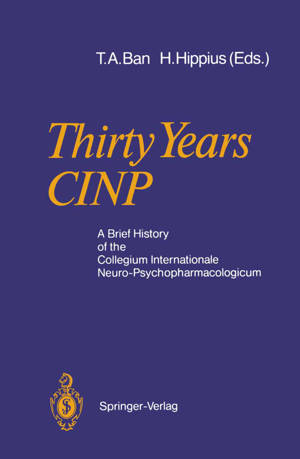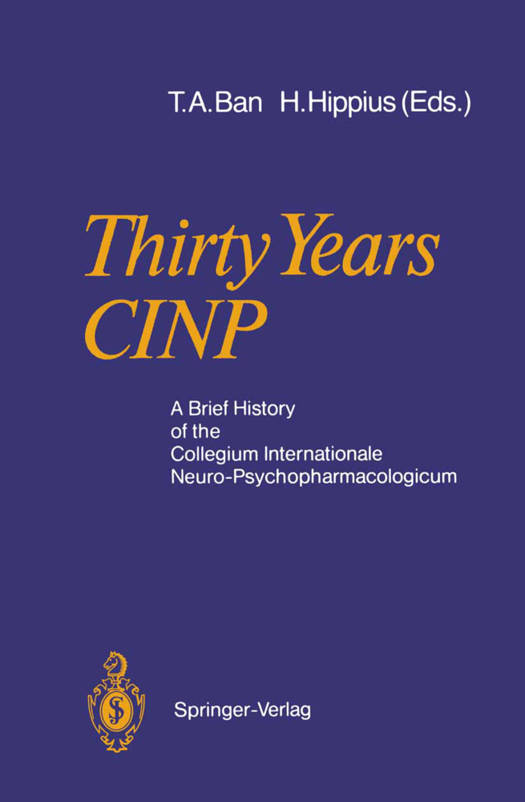
- Afhalen na 1 uur in een winkel met voorraad
- Gratis thuislevering in België vanaf € 30
- Ruim aanbod met 7 miljoen producten
- Afhalen na 1 uur in een winkel met voorraad
- Gratis thuislevering in België vanaf € 30
- Ruim aanbod met 7 miljoen producten
Zoeken
Thirty Years Cinp
A Brief History of the Collegium Internationale Neuro-Psychopharmacologicum
Thomas A. Ban, Hanns Hippius
Paperback | Engels
€ 105,45
+ 210 punten
Omschrijving
The development of modern psychopharmacology was triggered by two major discoveries: the psychomimetic effects of lysergic acid diethylamide (LSD-25) in 1943 and the therapeutic effects of chlorpromazine in 1952. In his opening address to the 1st CINP Congress in Rome, Rothlin pointed out that these discoveries gave "a great impetus for any kind of scientific approach to brain research" and had "revolutionary consequences in the treatment of psychotic patients". The incentive they provided "was not limited to theoretical and practical medical sciences but caused an even greater stimulus to the imagination of chemists, leading to the production of new compounds with a speed that neither pharmacological, biochemical nor clinical investigations could equitably follow. " The possibility to induce psychopathology by the administration of pharmacological agents and to control naturally occurring psychopathol- ogy by drugs opened unforeseen possibilities for brain research and a new era in psychiatry. In psychiatry, the new psychotropic drugs with their increasingly better defined behavioral, neurophysiological and biochemi- cal actions have provided a new means for therapeutically influencing and systematically studying psychopathological conditions, whereas in the basic sciences, neuropharmacological research, directed to reveal the action mechanism of new drugs, brought about unprecedented progress in the identification of the morphological substrate of different brain func- tions. It also set the stage for the exploration of possible correlations between behavioral, including psychopathological, and neurochemical events.
Specificaties
Betrokkenen
- Auteur(s):
- Uitgeverij:
Inhoud
- Aantal bladzijden:
- 138
- Taal:
- Engels
Eigenschappen
- Productcode (EAN):
- 9783540501176
- Verschijningsdatum:
- 19/08/1988
- Uitvoering:
- Paperback
- Formaat:
- Trade paperback (VS)
- Afmetingen:
- 133 mm x 203 mm
- Gewicht:
- 172 g

Alleen bij Standaard Boekhandel
+ 210 punten op je klantenkaart van Standaard Boekhandel
Beoordelingen
We publiceren alleen reviews die voldoen aan de voorwaarden voor reviews. Bekijk onze voorwaarden voor reviews.











